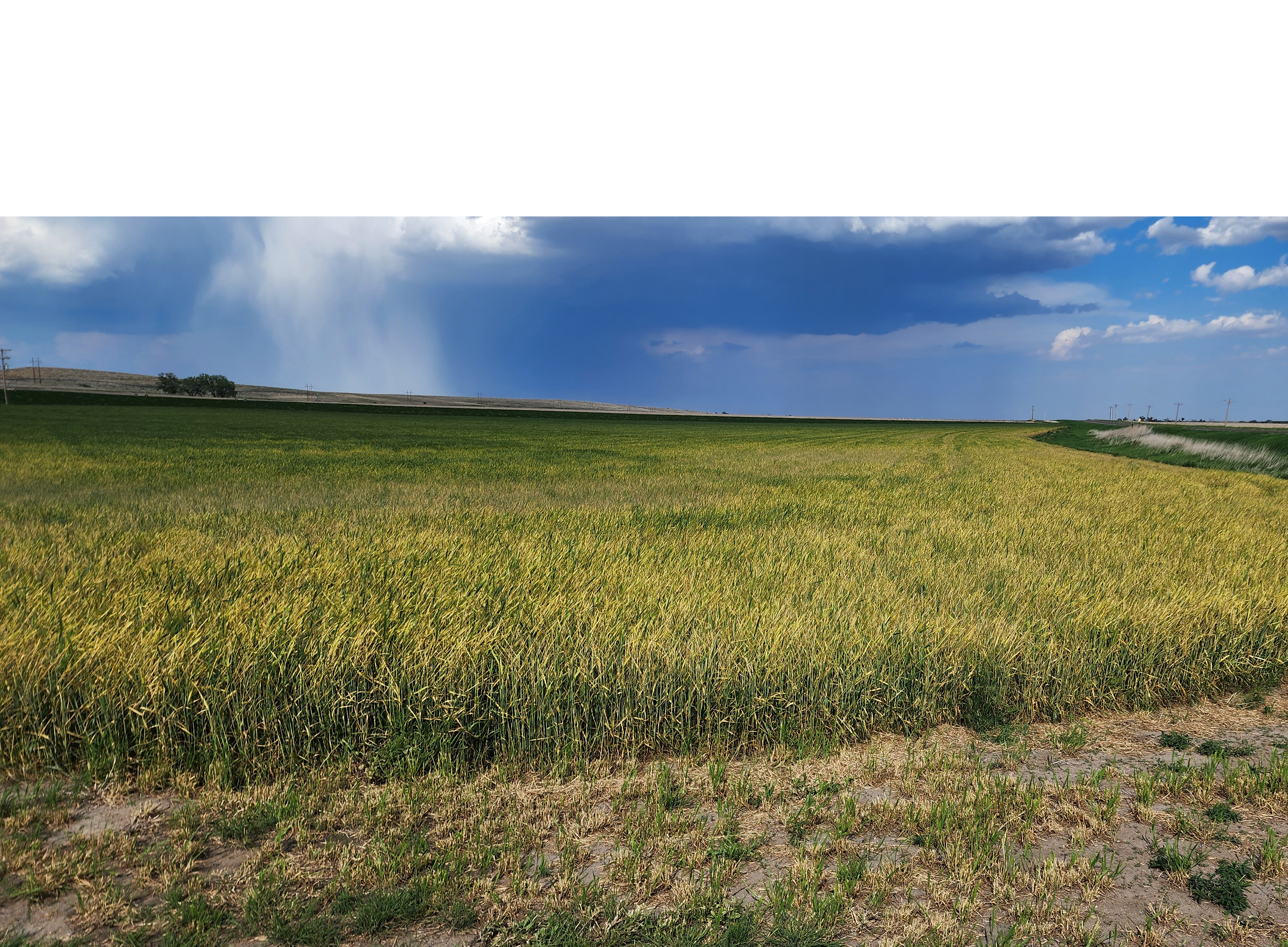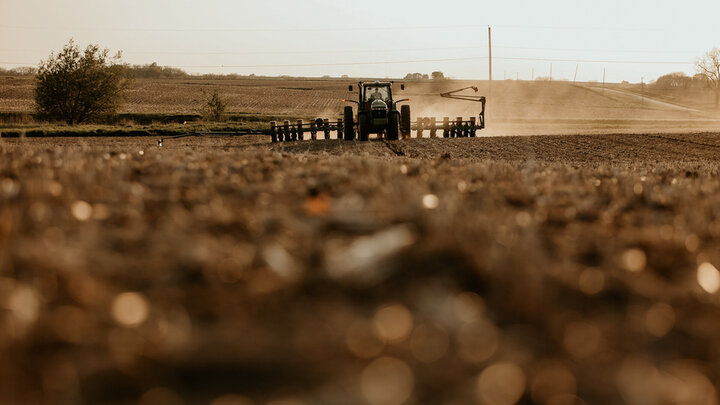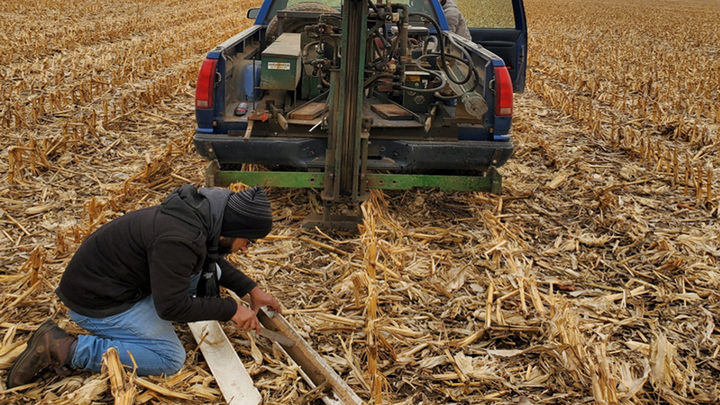By Stephen Wegulo, Extension Plant Pathologist
Pathogen
Fusarium head blight (scab) is caused mainly by Fusarium graminerum. Several other species of Fusarium also can cause the disease. The fungus survives in the soil or on stubble of host crops such as corn, wheat, and grasses. F. graminerum produces a toxin, deoxynivalenol (DON, vomitoxin) which can contaminate grain.
Symptoms
A distinctive symptom of the scab is premature bleaching of one or more spikelets or the entire immature wheat head. The bleaching can start anywhere on the head and spread until the entire head is bleached. Bleached spikelets are sterile or contain shriveled and/or discolored seed. During humid conditions, white or pink fungal growth with orange spore masses may be seen on bleached spikelets. Sexual blue-black fruiting structures also can form, giving the head a scabbed appearance, hence the name scab. During warm temperatures (77°F to 86°F), blight symptoms on heads appear within three days following infection. Scabby wheat grain often has a chalky white color and/or is shriveled. If this grain is used as seed for the following year's crop, severe seedling blight can result.
Favorable Environmental Conditions
Spores of the scab fungus are abundant especially during wet weather. They are carried to wheat heads by air currents. Most infections occur during flowering because anthers and pollen serve as a food source for the fungus. Scab is more severe in reduced or no till fields and especially if wheat follows corn.
Management
Scab can be managed by planting tolerant cultivars, crop rotation out of cereals or grasses, and foliar fungicide applications which should be timed to prevent infections during flowering. Fungicides registered for control of scab include Proline (prothioconazole) and tilt (propiconazole).
Links
For additional information, see the UNL Extension Circular, Fusarium Head Blight of Wheat (EC1896).








